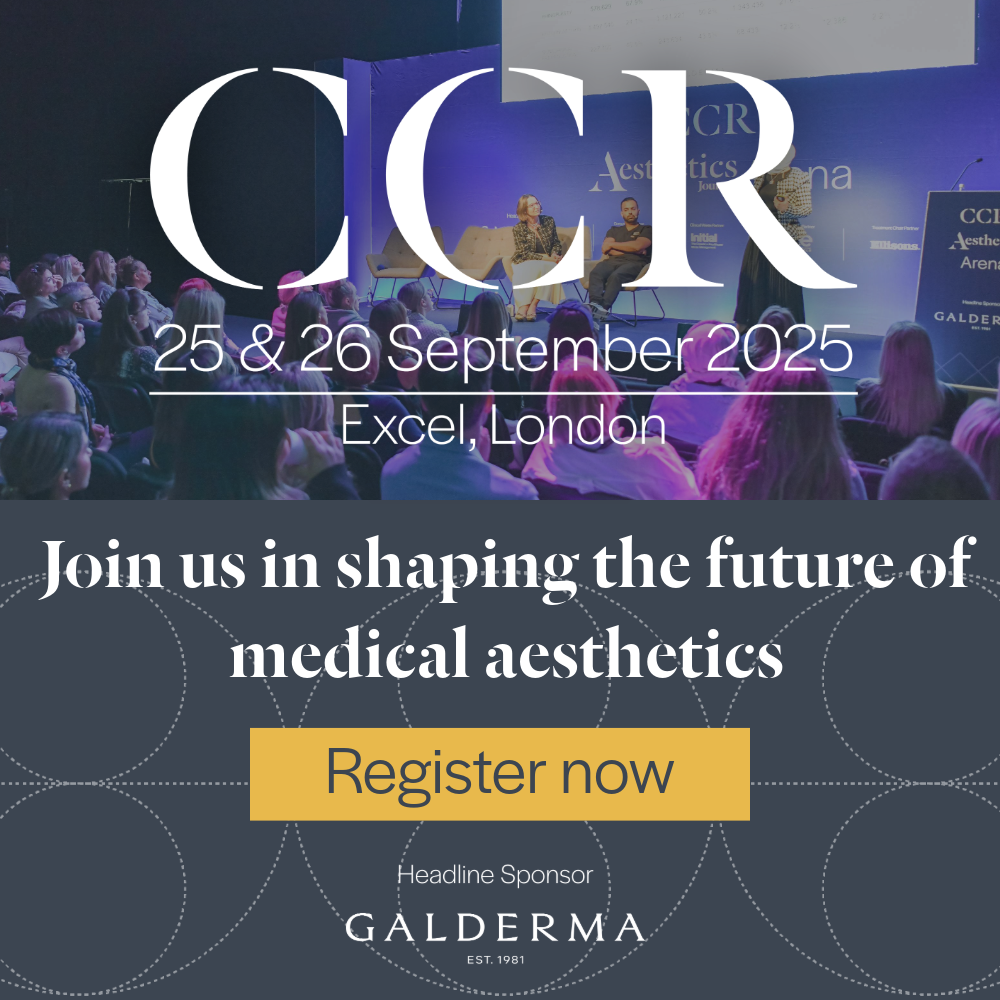Dr Paula Mann describes her journey incorporating ultrasound into her aesthetic and teaching practice
Ultrasound is used throughout medicine as a convenient, painless, reliable and relatively inexpensive diagnostic tool.
Ultrasound can determine anatomy, pathology, blood vessel flow and position, evaluate previously placed filler, guide filler injections and aid complication management.1-5 As a Merz Aesthetics Innovation Partner (MIP) I support practitioners in the effective use of Merz Aesthetics products. Along with my Merz Aesthetics colleagues we deliver face-to-face training and digital education for the E-cademy and E-vents platforms. Merz Aesthetics support the United Kingdom & Ireland Faculty (the training and education team) by investing in our professional development, with the latest focus being ultrasound scanning.
This investment will further enhance Merz Aesthetics teaching, driving standards for practitioners and the industry as a whole. As medics we would rarely diagnose a treatment plan without investigation using imaging and special tests. However, aesthetic medicine has lagged in this respect.
Having an interest in aesthetic medicine means you will instantly enjoy this learning; it complements everything you already know and do. I can definitely attest to this learning being fun! The use of ultrasound in small facial aesthetics is not new, however it is not routine. By taking steps to use this in my daily work I can hopefully encourage others to do the same by breaking down barriers which you may feel are making this step difficult. Your effort will be rewarded with enhanced clinical practice and satisfaction in personal learning as well as growth in you and your patient’s confidence.
Equipment
The first step is to invest in an ultrasound scanner. I use a GE V-Scan Air.6 This is a rechargeable, pocket size handheld wireless scanner. This gives precise imaging for facial aesthetic analysis and treatment. It is simple to set up and connects to your phone or tablet for visualisation and storage of images or videos. In addition it has doppler to view and trace blood vessel activity which is amazing to see. At any stage the company representatives are extremely helpful with the technical set up and support in use. You will also need ultrasound gel, sterile gel and probe covers if you intend to use your scanner during procedures.
Training
Having learnt the basics of my scanner I attended a Merz Aesthetics sponsored training event for the Merz Aesthetics Innovation Board Members and Partner team. This was run in collaboration with Cutaneous Safe and Sound Ultrasound Training.7 Cutaneous is an Amsterdam based company headed by leaders in the field; Leonie Schelke and Peter Velthius.
Leonie is a cosmetic doctor in Amsterdam and with Peter, a dermatologist, founded a filler complications clinic at the Erasmus University in Rotterdam over 10 years ago. Both have a contagious passion for ultrasound and optimal patient outcomes. This was a mostly hands-on practical learning experience with expert guidance at all times. The facial zones were taught in a step by step way learning how best to use the scanner and create meaningful images and relate this to our patients.
As we became more comfortable with basic anatomy and tissue layers we then added doppler to examine the flow and course of blood vessels. The enthusiasm of the Cutaneous experts and scope for where this could enhance our clinical work made everyone really excited at the opportunities ahead.
Implementation
Plan for return to practice with a view to immediately being able to use your new skills. In my case I ensured my diary had time to scan a few patients a day. Leonie and Peter advised it would be better to spend a short time getting used to the equipment, finding the best positions to achieve good images and recognise anatomy. With time you can progress to identifying existing filler or using ultrasound to guide your injections.
Don’t be discouraged, the learning curve is steep and with short sharp exposure to ultrasound you will feel more confident very quickly.
Capture the momentum
Revision, study group discussion and training will support your progress. Merz Aesthetics organised continued learning with Cutaneous group to provide support to the MIB and MIP team through e-learning, webinars and Instagram posts. Together Merz Aesthetics and Cutaneous have encouraged connections and collaboration within our Faculty to drive discussion for future learning and advancements. I took advantage of all the above as well as having the unique opportunity to spend two days with Leonie and Peter observing their complication referral clinic in Rotterdam. This further improved my anatomical knowledge, ability to recognise different types of filler in the facial tissue and complications management. The advantages were obvious as I returned to my clinic able to scan patients before, during and after treatments with more confidence and clinical relevance.
Using ultrasound will reward you by igniting a fire of interest as you learn to further improve your outcomes. Your patients are both fascinated and appreciative of your extra skills. They will never want to go anywhere else.
Very quickly ultrasound has been advantageous in many aspects to my daily work. The first is treatment planning, having decided where I want to inject I can determine if there is an existing product, and where it has been injected, I can also use doppler to determine the position of blood vessels which may affect my plan and injection techniques. Further to this I can use ultrasound to guide my needle or cannula into position while injecting my dermal filler, suddenly the unknown is so much less ambiguous.

Then there is the reaction of my patients, they are interested, amazed and grateful. Bearing in mind they have just been appraised of the pros and cons of a procedure and signed a consent form, knowing you are doing all you can to keep them as safe as possible enhances the patient-clinician relationship. Ultrasound has been an invaluable addition to the teaching I do in the Aesthetic Training Academy in Glasgow and in my role as a Merz Aesthetics Innovation Partner.
Delegates are interested and excited at the prospect of using ultrasound. Our training sessions are elevated by giving visual confirmation of written learning, helping to connect anatomy with injection technique which is so much more meaningful when we see them in real life.
Anyone who uses ultrasound will appreciate how it can aid in complications management. It has been an awakening of sorts to see where filler has been injected as opposed to where we think it has been injected. The realisation that this may lead to unsatisfactory results, potential changes in blood flow, or migration of product has opened all our eyes to considering how we could improve our technique in the future.
Even for the most experienced injectors, being able to see in real time tissue spaces before, during and after a treatment is satisfying and adds a layer of greater patient care to our clinic work. Consider also with experience you can use ultrasound to dissolve a problematic HA if necessary with precision and monitor recovery.
Finally, as practitioners we can collaborate. As more of us use ultrasound we can share our experiences and findings. We can stimulate discussion and research in how best we should place product into different tissue layers. Thus taking the next steps into the future of injectables and what could be safer, more effective treatments. I am so pleased I was given the opportunity to embrace the power of ultrasound even after several years working in aesthetic medicine, it certainly is better late than never. When I talk to my colleagues we agree it is not how you could incorporate ultrasound into your clinic, it is how could you not?








